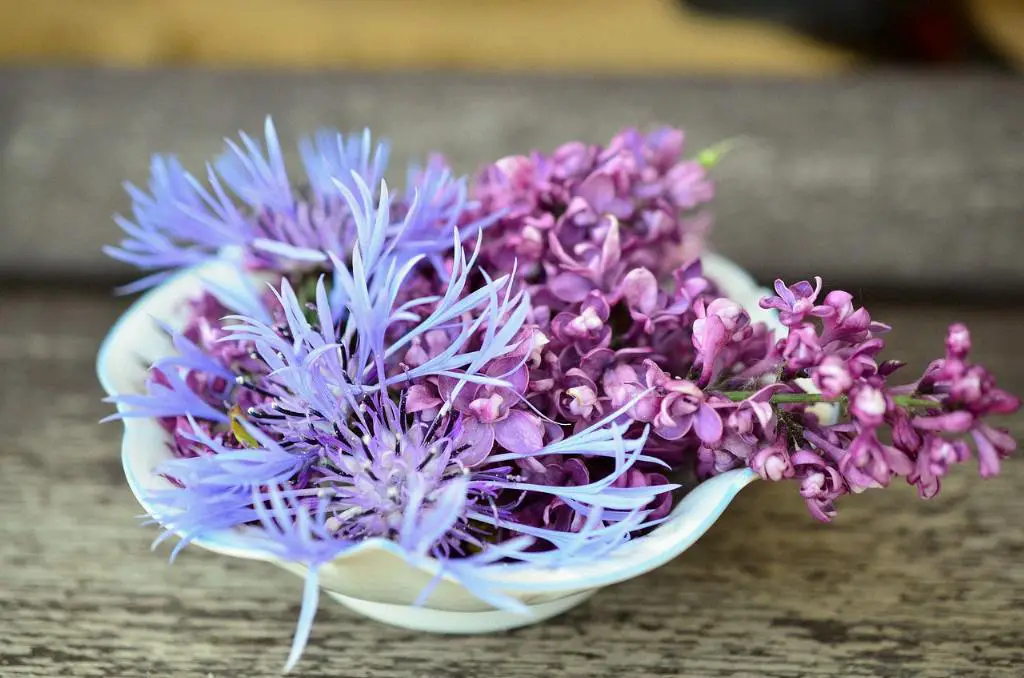If you are looking to propagate lilacs, there are several methods you can choose from depending on the plant and your level of expertise. One of the simplest ways to propagate lilacs is through offshoots, commonly known as suckers. These are shoots that originate from the base of an established own-root plant.
Another method of propagating lilacs is through cuttings. This involves taking a section of a healthy stem from the parent plant and encouraging it to grow roots. Grafting and budding are more advanced techniques that involve combining parts of different plants to create a new lilac variety.
Layering is a technique where a stem is bent down to the ground and covered with soil while still attached to the parent plant. Roots will form along the buried section, allowing you to separate it and have a new lilac plant. This method is useful for plants that are difficult to root from cuttings.
Seed propagation is another option for propagating lilacs, but it is a longer and more uncertain process compared to other methods. It can take several years for lilac plants grown from seed to reach maturity and flower.
When propagating lilacs from offshoots, it is essential to dig them up carefully, ensuring that they have a good root system attached. These offshoots can then be replanted in a suitable location and cared for as they establish themselves.
For propagating lilacs through cuttings, select a healthy stem with several leaf nodes and remove any flowers or buds. Place the cutting in a pot with a well-draining soil mix and keep it moist until roots develop. Once roots have formed, the new plant can be transplanted.
Grafting and budding are specialized techniques that require knowledge and skill. These methods involve joining a scion (a piece of the desired lilac variety) onto a rootstock (a different lilac plant) to create a new plant with the desired characteristics.
Layering is a relatively simple method of propagation that can be done without much expertise. Select a healthy, flexible stem and gently bend it down to the ground, burying a portion of it. Over time, roots will develop, and the stem can be separated from the parent plant to form a new lilac.
Seed propagation is a natural but time-consuming process. Collect seeds from mature lilac plants, sow them in a seed tray with a well-draining soil mix, and keep them moist. It may take several years for seed-grown lilacs to reach flowering maturity.
Each method of lilac propagation has its advantages and challenges, so it is essential to select the technique that best suits your skills and resources. Whether you choose offshoots, cuttings, grafting, layering, or seed propagation, proper care and attention are crucial to the success of your new lilac plants.
Experimenting with different propagation methods can be a rewarding experience for any gardener, as you learn more about the unique characteristics and growth habits of lilacs. With patience and dedication, you can expand your lilac collection and enjoy the beauty of these fragrant blooms in your garden.

